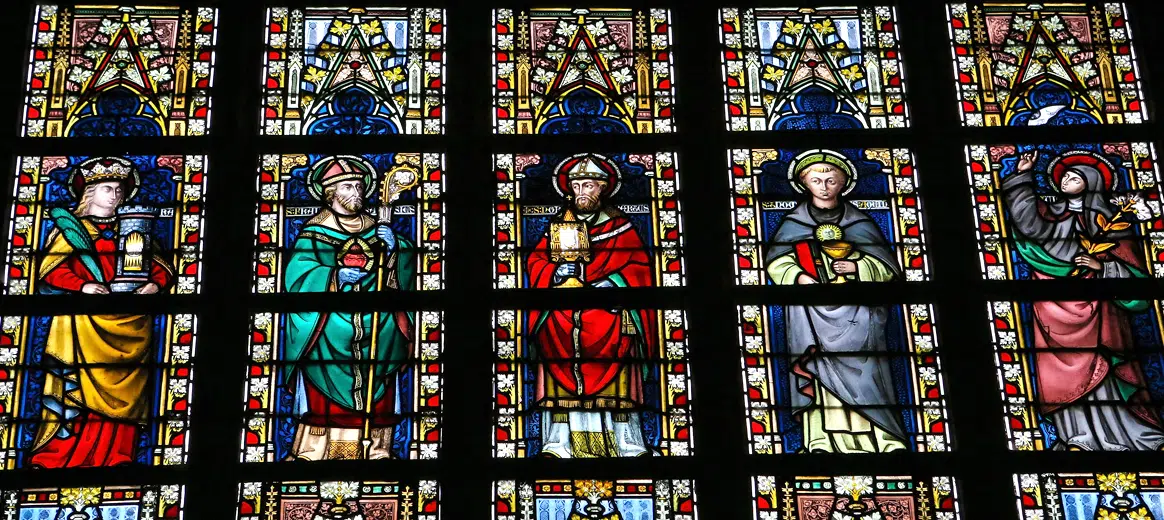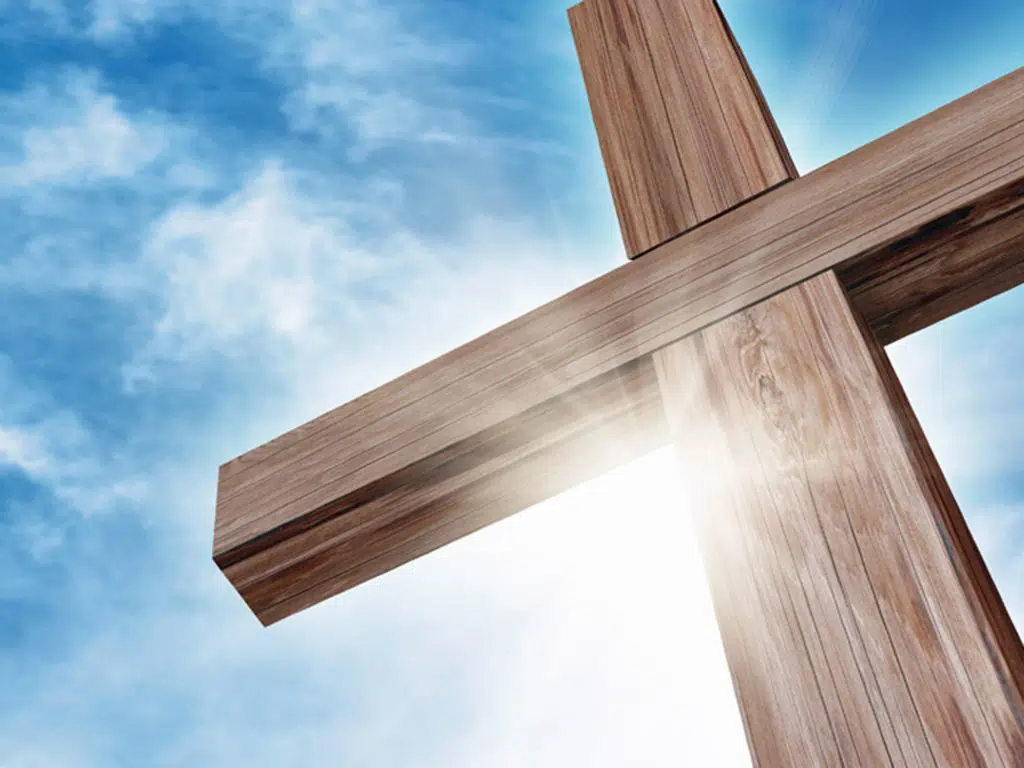Elizabeth Ann Seton, Feast day: Jan 4.
For 200 years, parochial schools have provided countless children with a solid education and taught them how to be faithful Catholics and good American citizens. Parish schools aren’t as numerous as they were 40 years ago, and the teaching sisters that once staffed them are almost all gone. But the situation is not anywhere near as dire as it was in St. Elizabeth Ann Seton’s day.
Mother Seton’s life coincides with the birth of the United States and the rise of the Catholic Church in America. She was born a year before the Battles of Lexington and Concord, when Catholicism was outlawed in every colony except Pennsylvania. There was no bishop in British America, no nuns, no Catholic schools, no seminary, and only about 20 priests, most of them living incognito and using aliases in order to escape the colonies’ anti-priest laws.
Mother Seton grew up on Staten Island, daughter of the Anglican, well-to-do Bayley family. During the Revolution, the Bayleys walked a fine line between loyalty to the king and supporting the rebels, but whatever her family’s true sympathies may have been, they were firmly in the American camp by the time George Washington was elected president: 15-year-old Elizabeth danced at the first president’s inaugural ball.
At age 19, she married William Seton, a wealthy New York merchant. The Setons had five children — three girls and two boys — and enjoyed a life of comfort and privilege. Then, after eight years of marriage, William’s business went bankrupt, he contracted tuberculosis and died (William and Elizabeth with their daughter Rebecca were in Italy at the time). At William’s death his business associates, the Filicchi family, invited Elizabeth and Rebecca to live with them. The Filicchis had a private chapel, and there Elizabeth had her first introduction to the Catholic faith. Two things especially impressed her: the family’s reverence during Mass, and the comfort they received from going to confession. When she returned to New York she sought out the pastor of St. Peter’s Church on Barclay Street and asked to be received into the Catholic Church.
With very few exceptions, Elizabeth’s Protestant family and friends turned their backs on her. She was having a terrible time trying to support herself and her children when Bishop John Carroll invited her to open a Catholic school in Baltimore.
In Baltimore, Elizabeth began to consider entering the religious life, but she did not want to be a nun in the European model, living a mostly cloistered life with a few hours a day devoted to teaching girls who boarded at the convent. With so much work to be done for the church in America, Elizabeth wanted to be active. With Bishop Carroll’s encouragement she founded a new order of teaching sisters and together they opened America’s first parish school in Emmitsburg, Md., on Feb. 22, 1810.
The parochial school system Mother Seton founded passed the faith along from generation to generation, eased the passage of Catholic immigrant children into American society, and served as the seedbed for countless vocations to the priesthood and the religious life. Furthermore her new teaching order offered a new model for religious women — sisters who were “in the world, but not of it.” In the history of the Catholic Church in America, Mother Seton is indispensable.
Thomas J. Craughwell is the author of This Saint Will Change Your Life.



Pentecost Sunday